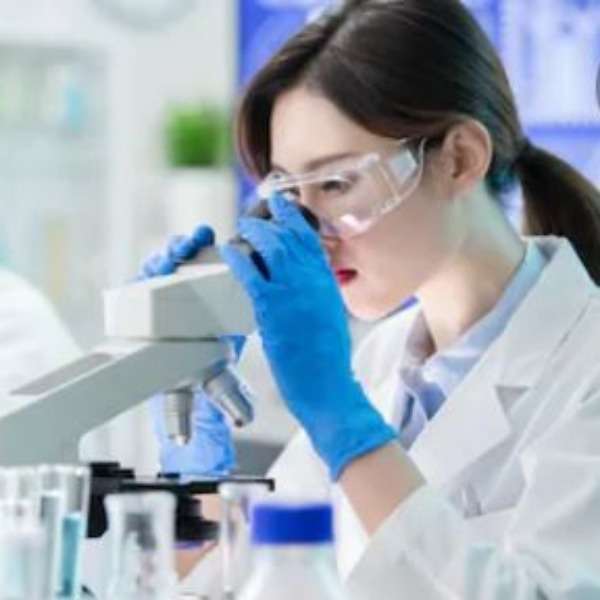The Experimental Skills of Agarose Gel Electrophoresis
Today, we're going to talk about some details of agarose gel electrophoresis.
Step 1: Preparation of Agarose Gel solution
For example 0.8% agarose gel, we need to weigh 0.4g agarose, put it in a 200mL conical flask, add 50mL 0.5×TBE dilution buffer and heat it in a microwave oven until the agarose is melted. Then take out and shake well.
Tips:
1. The total liquid quantity should not exceed 50% of the conical flask, or it will be overflow.
2. We need to shake the conical bottle to allow agarose particles attached to the bottle walls to enter the solution during the heating process at any time.
3. The sealing film should be covered to reduce water evaporation when heating it.
Step 3: Add the sample
Handle with care to avoid damaging the gel or piercing the gel at the bottom of the sample tank.
Step
4: Electrophoresis
After
adding the sample, close the cover of the electrophoresis tank and switch on
the power immediately. The voltage is at 60-80V and the current is above 40mA. Electrophoresis
should be stopped when the bromophenol blue band moved to about 2cm from the
gel front.
Step 5: Staining
After the electrophoresis is done, the agarose gel without EB needs to be transferred into 0.5 µg/ mL EB solution and stained for 20-25 minutes at room temperature.
Step 6: Observing and photographing
We
will observe the agarose gel under 254nm long-wavelength UV light. Where the
DNA is present, there will be visible bands of orange-red fluorescence.
Beyond these details, there are a few caveats:
1.
When we observe DNA, the Ultraviolet transmission
instrument is necessary. But the ultraviolet light has a cutting effect on DNA
molecules. We should shorten the light time and adopt long-wavelength ultraviolet
light (300-360nm) to reduce the DNA cutting by ultraviolet light when we recover
DNA from the gel.
2. EB is a strong mutagen and is moderately toxic that is carcinogenic. Wear gloves when preparing and using them. Try not to spill EB on the table or the floor. If we spill EB onto the table or the floor, Any containers or items are stained with EB must be specially treated before it can be cleaned or discarded.
3. When
the gel is too deeply stained and the DNA band is not clear, the gel can be put
into distilled water, and observed after 30 minutes.
- Like (12)
- Reply
-
Share
About Us · User Accounts and Benefits · Privacy Policy · Management Center · FAQs
© 2025 MolecularCloud




